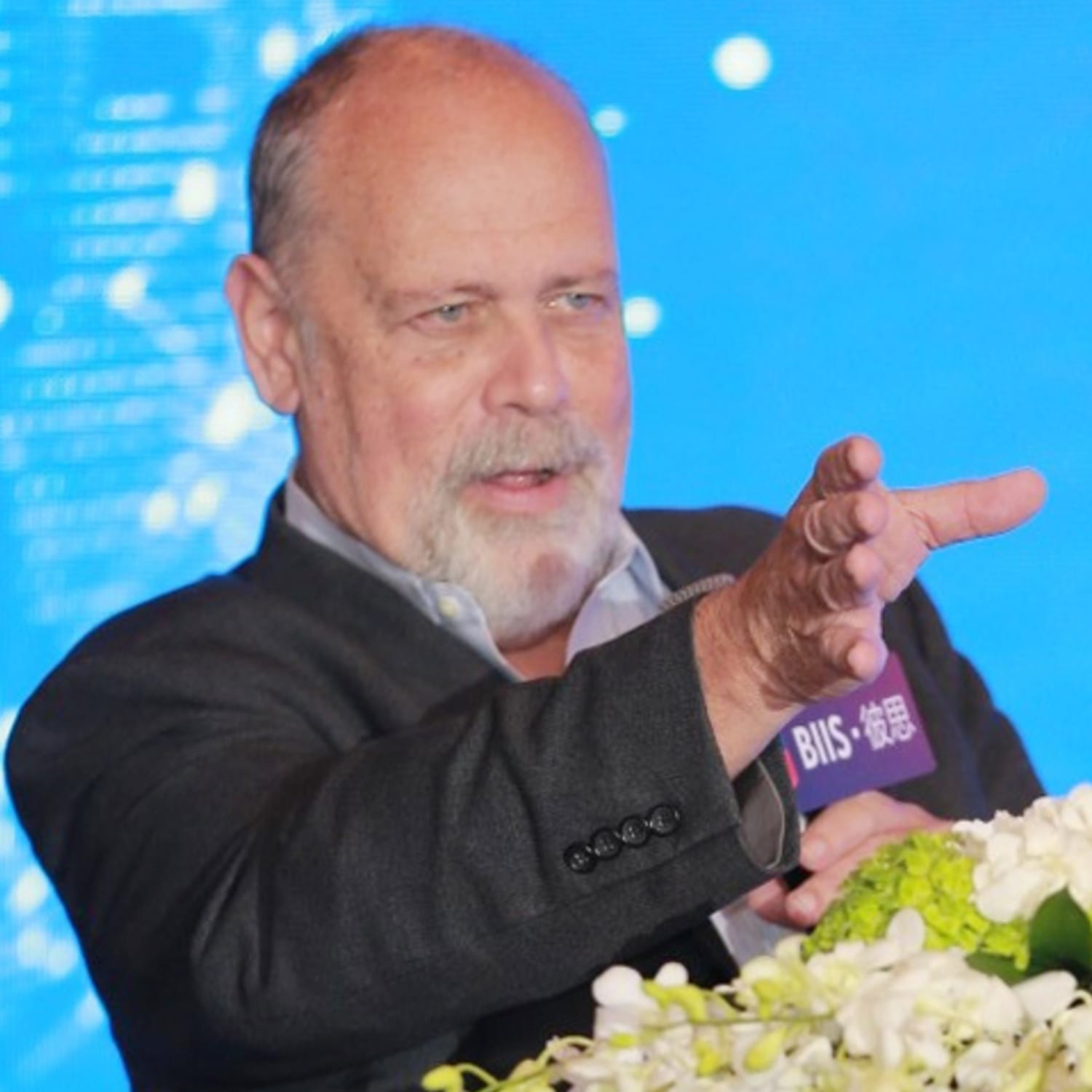Markets
UPDATED: R&D turbulence at Bristol Myers now includes the end of a $650M alliance and the departure of a top research champion
Bioregnum Opinion Column by John Carroll
This morning biotech Dragonfly put out word that Bristol Myers Squibb has handed back all rights to its IL-12…

 Bioregnum Opinion Column by John Carroll
Bioregnum Opinion Column by John CarrollThis morning biotech Dragonfly put out word that Bristol Myers Squibb has handed back all rights to its IL-12 clinical-stage drug after spending $650 million to advance it into the clinic.
The news arrives amid a turbulent R&D stage for the pharma giant, which late last week highlighted Rupert Vessey’s decision to depart this summer as head of early-stage R&D following a crucial three-year stretch after he jumped to Bristol Myers in the big Celgene buyout. During that time he struck a series of deals for Bristol Myers, and also shepherded a number of Celgene programs down the pipeline, playing a major role for a lineup of biotechs which depended on him to champion their drugs.
Two weeks ago I broke the news that a variety of research staffers at Bristol Myers’ New Jersey operations were fanning out in search of new jobs, sparking some buzz about the exodus — which the company said involved a “limited” number of staffers affected by the creation of a new research center. And their latest quarterly update included axing a slate of alliances as Samit Hirawat steps up to take the unified control of all development from early through late-stage work.
As execs explained during their Q4 call, Robert Plenge — currently senior vice president and head of the Immunology, Cardiovascular and Fibrosis Thematic Research Center — is taking control as research chief.
According to the company, the IL-12 drug just didn’t measure up. A spokesperson tells me via email:
“With a robust early clinical development portfolio, Bristol Myers Squibb constantly evaluates programs based on emerging data to prioritize resources where we see the potential for transformational effects on patients’ lives and the IL-12 program did not meet our threshold for progression.”
 Bill Haney
Bill HaneyFor its part, the private Dragonfly, run by renaissance man and documentary maker Bill Haney, announced a few days ago that it was bringing on prominent oncology R&D expert Joe Eid to head up R&D as they make their play in drug development. And now that item has a whole new context.
Eid, who completed stints at Bristol Myers as well as Merck, where he was involved in the megablockbuster campaign for Keytruda, wasted no time to declare his satisfaction at taking over IL-12.
“Given the encouraging profile we have seen both in preclinical models and in the clinic to date,” he said in a prepared statement, “we are accelerating DF6002’s development across a range of indications and combinations.”
 Joe Eid
Joe EidDF6002 earned some rave reviews at Bristol Myers, before BMS execs decided to end their involvement. At Dragonfly, the team will soon get back a Phase I effort that they believe has solid combination potential with a range of their internal efforts, including their NK work.
Getting IL-12 — safely — has been one of the holy grails in oncology R&D for years. As I reported back in 2020, DF6002 was something new in the field.
“It turns out that if you can manufacture the IL-12 to be monovalent, not bivalent, and change its half life drastically,” Haney told me at the time, you can get the potency without the killer toxicity. And they went deep into non-human primate work, giving Haney confidence that they got a good preview of how their drug works alone or in combo with chemo and radiation and a PD-1.
More than two years ago Vessey went all in on DF6002, offering $475 million in near-term milestones to gain worldwide rights, tied to a 24% royalty deal. And Bristol Myers continues to run development efforts on a slate of other drugs delivered by the Dragonfly team.
On a broader scale, several Big Pharmas have been engaged in some R&D rethinks, or even bigger reorganization plans. Novartis has been a leader on that score, with a global remapping as Amgen slashes hundreds of sales positions amid industry “headwinds.”
For biotech, now in its second year of seeing IPOs largely locked out of Nasdaq, the move to restructure in pharma is creating a whole new round of challenges.

Wittiest stocks:: Avalo Therapeutics Inc (NASDAQ:AVTX 0.00%), Nokia Corp ADR (NYSE:NOK 0.90%)
There are two main reasons why moving averages are useful in forex trading: moving averages help traders define trend recognize changes in trend. Now well…
Spellbinding stocks: LumiraDx Limited (NASDAQ:LMDX 4.62%), Transocean Ltd (NYSE:RIG -2.67%)
There are two main reasons why moving averages are useful in forex trading: moving averages help traders define trend recognize changes in trend. Now well…
Enamoring stocks: Blink Charging Co (NASDAQ:BLNK -10.68%), Bristol-Myers Squibb Co. (NYSE:BMY -0.47%)
There are two main reasons why moving averages are useful in forex trading: moving averages help traders define trend recognize changes in trend. Now well…














